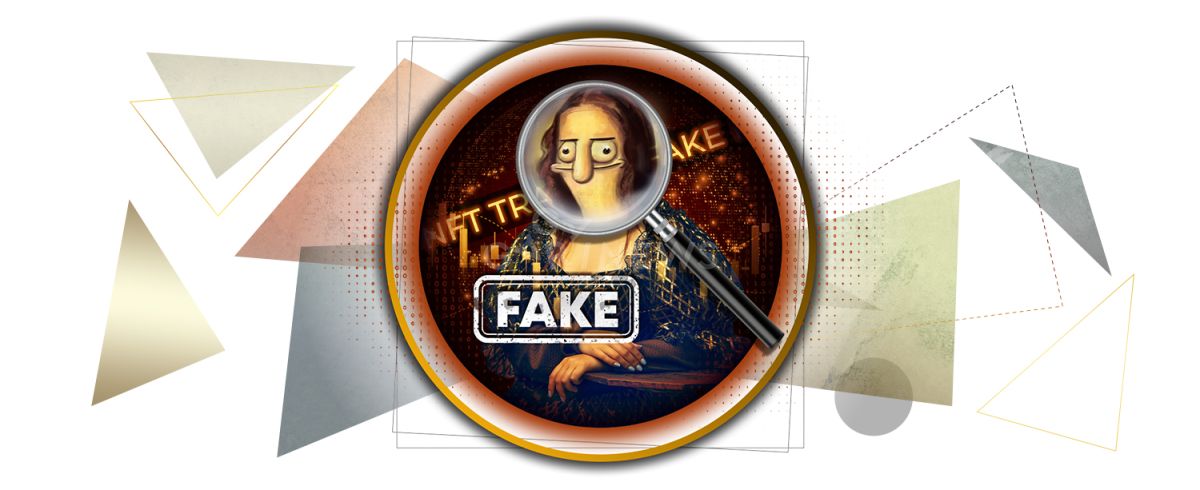NFT wash trading: what it is and how to avoid it

Some NFT projects and marketplaces often inflate their trade volumes and create fictitious transactions.
On this page
Wash trading is the intentional manipulation of market transactions, creating artificial demand and presenting false orders as real ones.
At the moment, the NFT market is not controlled by the US regulator, which creates much space for speculation. We decided to elaborate on wash trades so that you can identify and avoid them.
Some statistics
Analytical resource Dune provides several infographics related to NFT wash trading. As of January 2022, 80% of trading volume on marketplaces is fake. Over the year, the situation stabilized a little, and the figure dropped to 58%.
The volume of wash and organic NFT trades (Dune)
Given the great competition in the niche, projects resort to such PR methods for several purposes:
■ Boosting volume increases the overall rating of the NFT project and raises it in the list, which makes the tokens visible to a larger number of users;
■ Setting a fictitious price. Having made several trading operations with NFT, the platform will set the last purchase price for it;
■ Receiving additional rewards from the marketplace for trading activity.
Let’s analyze the third point in more detail. Several NFT marketplaces have rewarded users with their tokens based on the trade number or volume. Traders quickly realized the opportunity to capitalize on the situation.
One of these platforms was Rarible and the Rari coin. Speculators set a sky-high price for their own NFT and bought it from a second wallet. The commissions paid by the platform itself were often less than the volume of tokens received. According to Chainalysis, 110 addresses were able to earn $9 million. The LooksRare platform also provided rewards for trading in LOOKS and X2Y2 tokens.
Token rates quickly collapsed from such operations, and the scheme ceased to bring considerable profits. Now, the commissions often exceed the potential rewards, which is why speculators suffer losses.
How to identify wash trades?
Here are some indicators that may indicate NFT wash trading:
■ At the smart contract level, one address is both a buyer and a seller;
■ Sequential round-trip transactions are carried out between several addresses to increase volume;
■ One address makes more than three transactions for one NFT while consistently reducing the price to interest the buyer;
■ The buyer and seller received transactions from the same wallet, likely owned by the same person. This information is easy to check through the blockchain explorer.
Where do the majority of wash trades take place?
The Dune resource, in its article, provides detailed statistics on fake auctions on the marketplace.
If we talk about the total volume of NFT trades, the most “garbage” sites are LooksRare, Blur, X2Y2, and BitKeep. The ratio of wash trades there often exceeds the number of organic transactions and reaches 98%. There are also many wash trades on the Sudoswap, Element, and Gem platforms.
Regulation of the NFT sphere should solve the problem of wash trades. In the meantime, you should be wary of any statistics on collections and projects because they are untrue and do not correspond to reality.
The content on The Coinomist is for informational purposes only and should not be interpreted as financial advice. While we strive to provide accurate and up-to-date information, we do not guarantee the accuracy, completeness, or reliability of any content. Neither we accept liability for any errors or omissions in the information provided or for any financial losses incurred as a result of relying on this information. Actions based on this content are at your own risk. Always do your own research and consult a professional. See our Terms, Privacy Policy, and Disclaimers for more details.


























